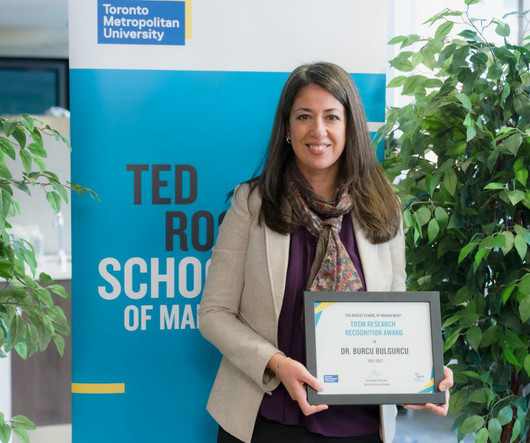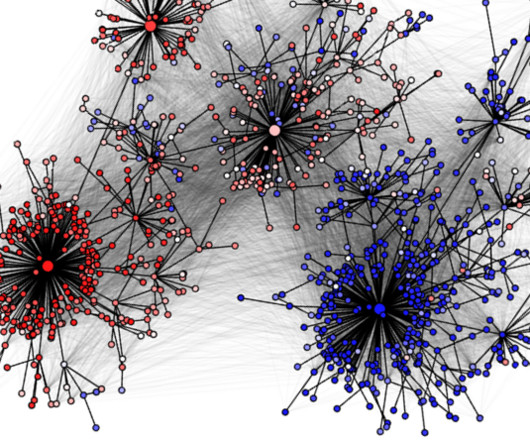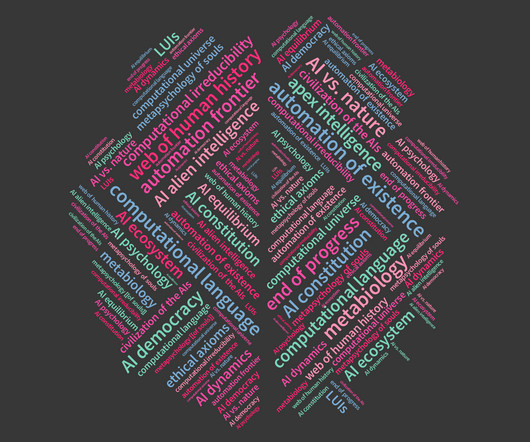Graphing–9 Lesson Plans + 6 Online Resources
Ask a Tech Teacher
FEBRUARY 23, 2024
Communication of Ideas : Graphs provide a universal language for communicating ideas across different fields. Whether in mathematics, science, economics, or engineering, graphs are commonly used to convey information in a concise and understandable manner. Jacqui Murray has been teaching K-18 technology for 30 years.
















Let's personalize your content